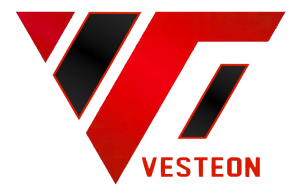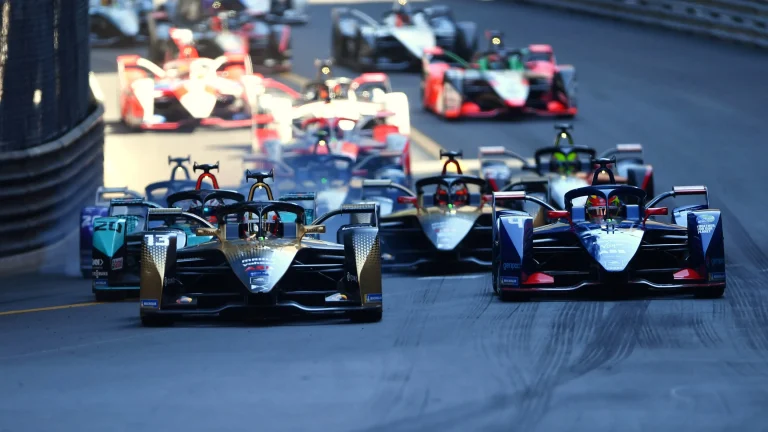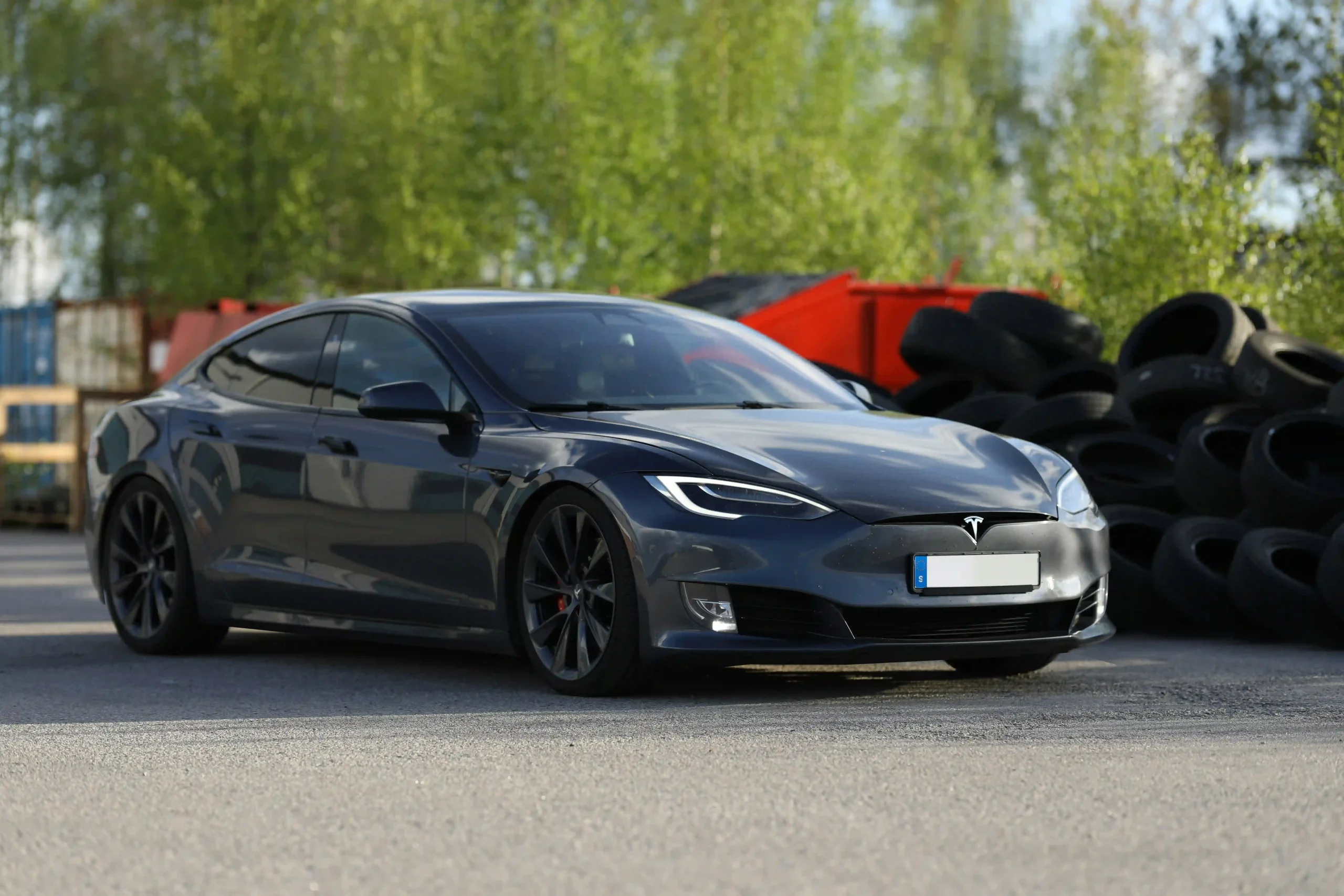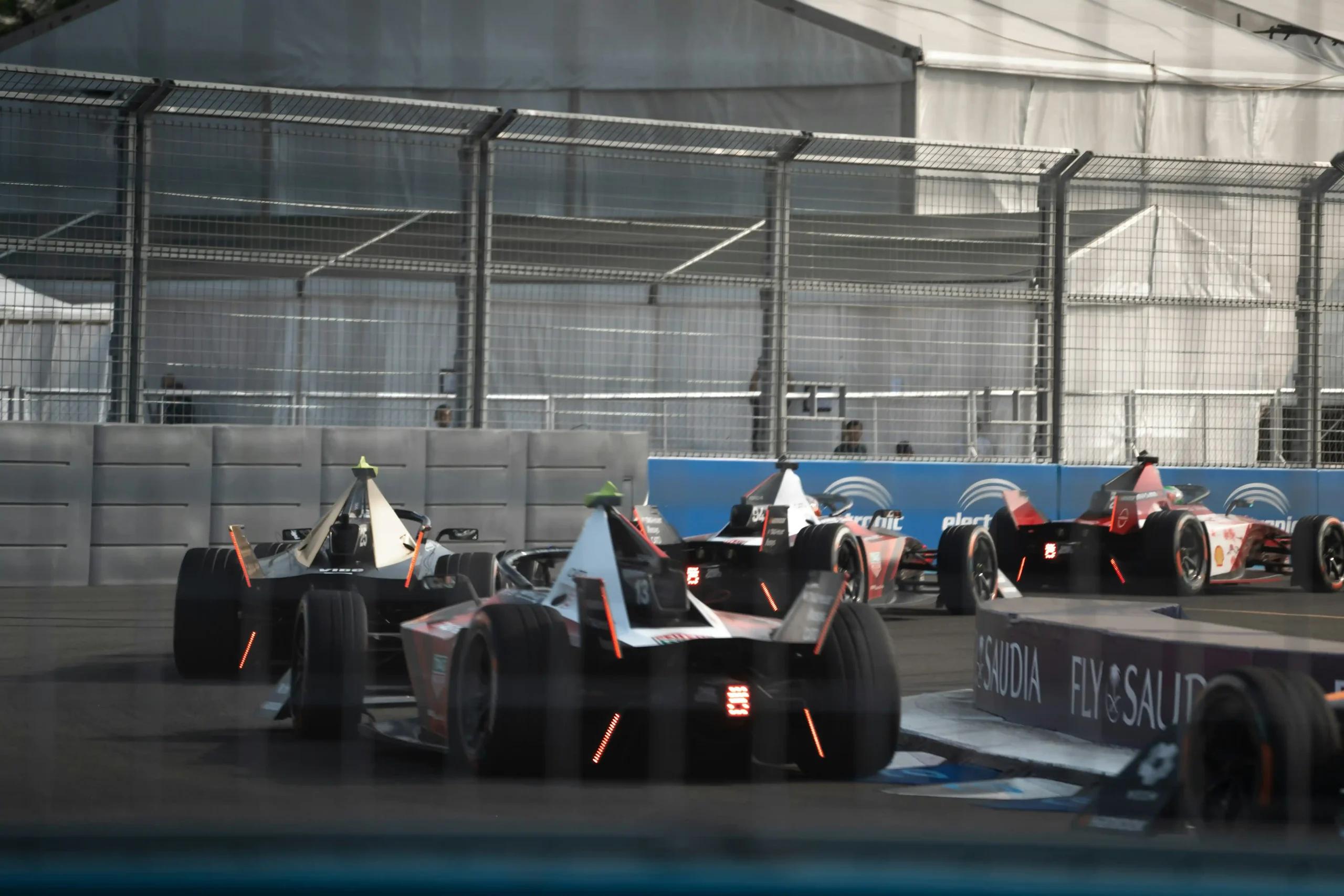Electric vehicle (EV) racing has soared in prominence, propelled by cutting-edge technology and a worldwide shift toward eco-friendliness. From Formula E to the powerful Tesla Model S Plaid track editions, EVs are reshaping motorsport with their distinctive engineering needs. A vital yet frequently ignored element is the race track wheel. Unlike conventional internal combustion engine (ICE) vehicles, EVs pose unique obstacles—greater torque demands, heftier battery loads, and a pressing need for enhanced energy savings. In this blog, we’ll delve thoroughly into the significance of race track wheels in electric vehicle racing, examining how they’re crafted to manage torque and heft, and why they’re essential for top-notch track performance.
Understanding EV-Specific Challenges in Racing
EVs diverge markedly from their ICE peers. These disparities directly influence wheel construction. Let’s dissect the primary hurdles.
Higher Torque Loads in EVs
Electric motors provide immediate torque. In contrast, ICE vehicles ramp up power slowly. For instance, the Tesla Model S Plaid delivers over 1,020 horsepower and 1,050 lb-ft of torque instantly when you hit the gas. Meanwhile, Formula E cars produce roughly 335 horsepower with swift torque bursts. This rapid force exerts tremendous pressure on race track wheels. They must endure abrupt rotational strain without losing their robustness.
- Effect on Wheels: Intense torque can lead to wheel bending or even collapse if the material or structure falls short.
- Solution: Wheels need to be built with sturdy materials, such as forged aluminum or carbon blends, to prevent warping.
Weight Distribution and Battery Mass
EVs lug hefty battery units, typically placed low in the frame for balance. The Tesla Model S Plaid tips the scales at about 4,766 pounds. That’s notably heavier than a similar ICE racer like the Porsche 911 GT3, which weighs 3,213 pounds. Formula E cars are lighter, around 1,984 pounds including the driver. Yet, their battery positioning creates an unusual weight spread.
- Obstacle: Extra mass heightens the burden on wheels. This affects cornering agility and tire durability.
- Need: Race track wheels must blend toughness with a featherlight build to preserve nimbleness.
Energy Efficiency and Heat Management
In EV racing, efficiency reigns supreme. Excessive bulk or resistance can sap the battery quickly, cutting range and speed. Plus, heat from fast laps and braking—particularly in setups like the Model S Plaid with its carbon ceramic brakes—must dissipate swiftly.
- Wheel Function: Sleek wheel shapes reduce drag. Materials with strong heat transfer keep temperatures in check.
- Case: Formula E squads often opt for wheels with refined spoke layouts. These boost airflow and cooling.
How Race Track Wheels Are Designed for EVs
To tackle these issues, race track wheels for EVs are custom-made with sophisticated materials and techniques. Here’s how they’re fine-tuned for torque and weight harmony.
Material Selection for Strength and Weight
Choosing the right substance is crucial for EV racing wheels. Below is a breakdown of typical materials used in race track wheels in electric vehicle racing:
| Material | Durability | Mass | Heat Transfer | Price | Example Use Case |
| Forged Aluminum | Strong | Average | Solid | Fair | Tesla Model S Plaid |
| Carbon Fiber | Exceptional | Minimal | Decent | Steep | Formula E |
| Magnesium Alloy | Robust | Light | Outstanding | Costly | Premium EV track builds |
| Steel | Very Tough | Bulky | Weak | Cheap | Seldom used in EV racing |
- Forged Aluminum: A favored pick for its mix of resilience, mass, and affordability. It’s common in Tesla track models.
- Carbon Fiber: Delivers unrivaled lightness. It’s perfect for Formula E, where every gram matters.
- Magnesium: Excels at shedding heat. However, its expense curbs broad adoption.
Engineering for Torque Resistance
To cope with EVs’ massive torque, race track wheels feature tailored enhancements:
- Stouter Spokes: These bolster the wheel against twisting stress.
- Refined Hub Layout: This spreads the motor’s load evenly across the wheel.
- Finite Element Analysis (FEA): Designers use FEA to mimic torque pressures. It helps perfect wheel shapes for lasting strength.
For example, the Tesla Model S Plaid’s optional Track Package includes 20-inch Zero-G wheels. They’re built to handle its lightning-fast 0-60 mph sprint in under 2 seconds.
Lightweight Construction for Weight Management
Cutting unsprung mass—the heft of parts like wheels and tires not held by the suspension—is key for EV success. Lighter wheels enhance speedup, stopping, and turning. In Formula E, teams pair carbon fiber wheels with slim tires. This trims mass while keeping traction solid.
- Tesla Case: The Model S Plaid Track Package uses forged aluminum wheels. They drop weight without losing sturdiness.
- Formula E Tip: Teams favor wheels that lower rotational drag. This sharpens handling.
Real-World Applications: Formula E and Tesla Model S Plaid
Formula E: Precision and Efficiency
Formula E cars zip through narrow city tracks. They demand wheels that shine in turns and save power. The series requires uniform wheels—currently 18-inch magnesium alloys from BBS. Still, teams adjust tire mixes and airflow to stand out. These wheels are made to:
- Manage torque jolts when speeding out of bends.
- Shed heat from regenerative braking, a core Formula E trait.
- Hold firm under the car’s 900 kg (1,984 lbs) load.
Tesla Model S Plaid: Power Meets Practicality
The Tesla Model S Plaid, with its Track Package, is a road-legal titan tweaked for racing. Its race track wheels, like the 20-inch forged wheels, are designed to:
- Bear the car’s 4,766-pound bulk.
- Resist 1,050 lb-ft of torque without buckling.
- Match Goodyear Supercar 3R tires for peak grip.
This combo lets the Plaid hit 200 mph. It also ensures steady track runs, showcasing wheel design brilliance.
Vesteon: A Leader in Race Track Wheel Manufacturing
Before we explore FAQs, let’s highlight Vesteon, a top-tier maker of race track wheels from China. With more than ten years of expertise, Vesteon excels at producing high-performance wheels for diverse uses, including electric vehicle racing. Their range features forged aluminum and bespoke alloy wheels. These are crafted to meet the tough needs of torque-laden EVs like the Tesla Model S Plaid and Formula E racers. Dedicated to excellence and innovation, Vesteon uses advanced methods to offer light, reliable options for motorsport fans globally. Check out their products at Vesteon’s homepage.
FAQs About Race Track Wheels in Electric Vehicle Racing
Q1. Why are race track wheels in electric vehicle racing distinct from those in ICE racing?
A1. Race track wheels in electric vehicle racing are built to manage sudden torque and heavier battery loads. ICE wheels, however, focus on gradual power and lighter frames. EVs need tougher, lighter materials to keep up performance.
Q2. How do race track wheels influence EV racing results?
A2. They affect speedup, turning, and power savings. Light race track wheels cut unsprung mass, boosting agility. Meanwhile, sturdy builds ensure reliability under high torque. Together, they lift lap times.
Q3. Which materials excel for race track wheels in electric vehicle racing?
A3. Forged aluminum and carbon fiber lead the pack. Aluminum blends strength and mass at a fair price. Carbon fiber offers top-tier lightness, ideal for intense races like Formula E.
Q4. Can regular wheels handle an EV’s torque, like the Tesla Model S Plaid’s?
A4. No, typical wheels often lack the toughness and heat resistance for the Plaid’s 1,050 lb-ft of torque. Specialized race track wheels are vital for safety and track success.
Upgrade Your EV Racing Experience Today
Race track wheels are the unsung stars of electric vehicle racing. They link raw energy to track-ready prowess. Whether you follow Formula E or own a Tesla Model S Plaid aiming to rule the circuit, the right wheels matter greatly. Ready to lift your EV racing skills? Discover Vesteon’s advanced offerings, from forged alloy wheels to custom builds suited for torque and heft. Head to Vesteon now and see how our wheels can fuel your next winning lap!



